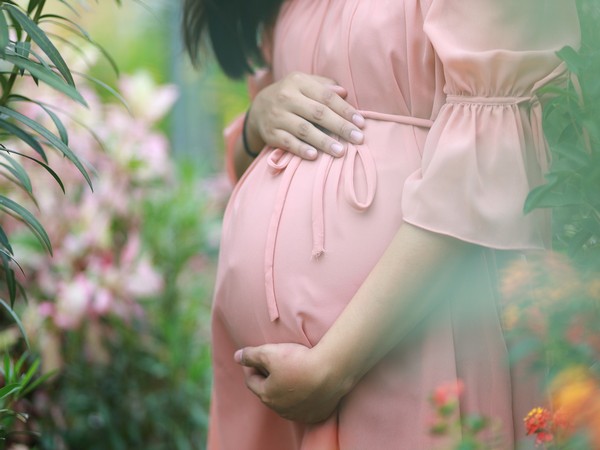

Abortion in Nepal was legalised in Nepal in 2002 which has contributed to the declining maternal mortality rate. Before that, Nepal’s 1854 legal code ‘Muluki Ain’ banned abortion except when the woman’s life was at risk. In all other cases, the edict equated pregnancy termination with homicide and send women to prison under charges of infanticide. Up to one-fifth of women in Nepali prisons before 2002 were convicted on the basis of illegal abortion, with many branded as murderers
Specifications of Nepal’s 2002 Abortion Law
Pregnancy termination is available under these circumstances:
Up to 12 weeks gestation for any indication, by request
Up to 18 weeks gestation in the case of rape or incest
At any time during pregnancy if mental/physical health or the life of the pregnant woman is at risk (approval from a medical practitioner required)
At any time during pregnancy if the fetus is deformed and incompatible with life (approval from a medical practitioner required)
Additional considerations:
Only providers certified in safe abortion care are eligible to provide induced abortion services;
The pregnant woman alone has the right to choose to continue or discontinue her pregnancy
In the case of minors (< 16 yrs of age) or mental incompetence, a legal guardian must give consent
Pregnancy termination on the basis of sex selection is prohibited